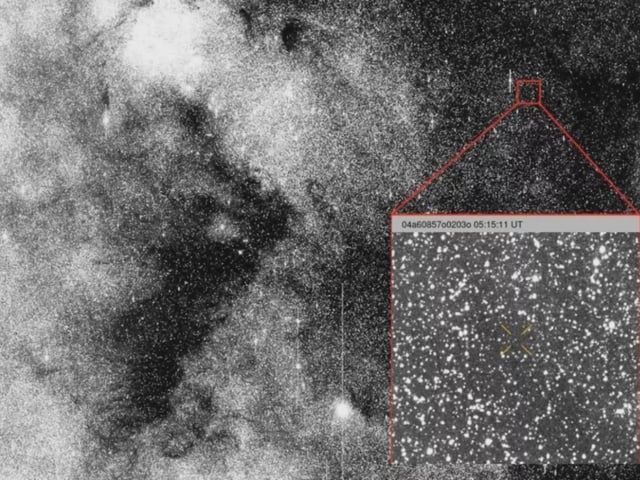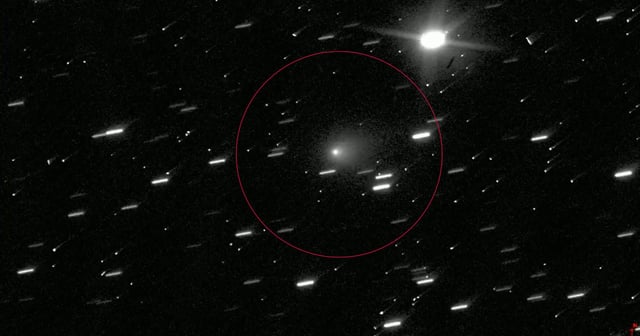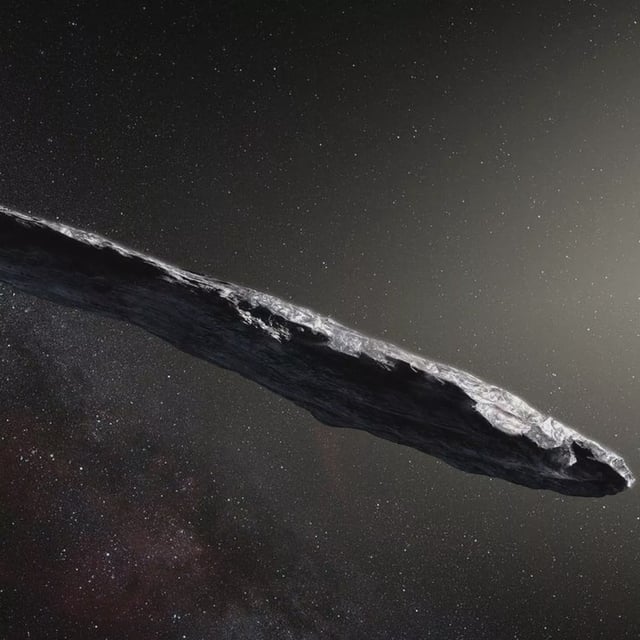Overview
- 3I/ATLAS became the third confirmed interstellar object when NASA’s ATLAS telescope spotted it on July 1 moving at roughly 60 km/s through the inner solar system.
- Classification as a comet is based on its active coma and dust tail, with size estimates around 20–24 km in diameter.
- A July 17 preprint by Harvard’s Avi Loeb and colleagues argues its anomalous non-gravitational acceleration and precise planetary flybys point to possible intelligent design as a reconnaissance probe.
- Mainstream astronomers counter that the observed acceleration matches cometary outgassing patterns and that spectroscopic analyses align with natural interstellar comets.
- Planned observations around its late-October perihelion inside Mars’s orbit will yield critical data on its outgassing behavior and orbital dynamics to resolve its true nature.



